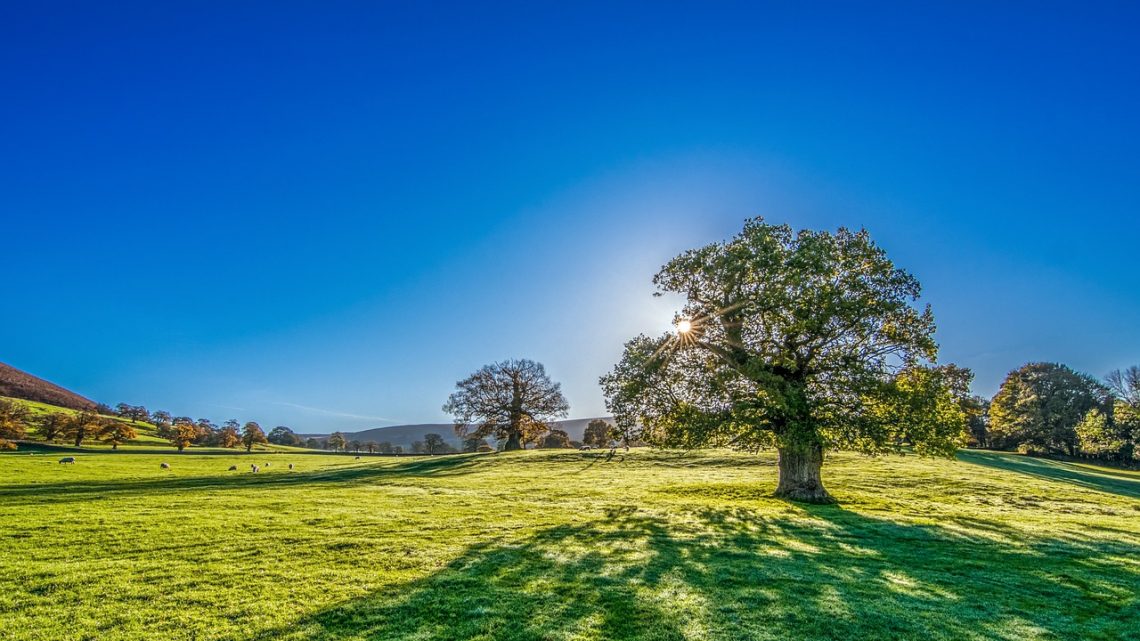Yorkshire’s Outdoor Classroom: Embracing Nature to Educate and Inspire
In the rolling hills, lush valleys, and historic landscapes of Yorkshire, schools have a unique opportunity to turn the great outdoors into a vibrant classroom.
Outdoor learning isn’t just a method to break the monotony of traditional classroom teaching; it’s a dynamic way to engage students with their environment, enhance their understanding of nature, and foster a lifelong love for the outdoors.
Let’s dive into how Yorkshire schools can embrace this natural bounty and transform it into an educational haven.
Starting Small: School Grounds as Learning Hubs
You don’t always have to venture far to bring learning outside. School grounds themselves can be excellent places to start. Creating vegetable gardens, insect hotels, or bird feeding stations can teach younger students about ecosystems, plant growth, and animal care.
For older students, transforming parts of the school grounds into environmental science labs can offer hands-on learning experiences right at their doorstep.
Embracing Yorkshire’s Natural Diversity
Yorkshire’s diverse landscapes are a goldmine for educational opportunities.
From the North York Moors to the Yorkshire Dales, each natural setting offers a unique backdrop for learning. Biology classes can turn into exploratory field trips, geography lessons can incorporate real-world terrain studies, and history can come alive amidst the ancient ruins dotting the landscape.
Solving the Transport Puzzle
One of the logistical challenges of outdoor learning is transport, especially for schools that want to venture beyond their immediate locality. This is where school minibus leasing comes into play.
Leasing a minibus offers a flexible and cost-effective solution for schools to safely transport students to various outdoor learning locations. It ensures that educational trips are not limited by transport constraints, allowing schools to plan a broader range of activities and explore more distant sites.
Building Partnerships with Local Parks and Nature Reserves
Collaborating with local parks and nature reserves can provide schools with additional resources and expertise. Organised trips to these sites can include guided nature walks, wildlife spotting, and practical conservation activities.
Such partnerships enrich the curriculum and help instil a sense of community and environmental stewardship in students.
Incorporating Technology in Outdoor Learning
Integrating technology with outdoor education can make learning even more engaging. Using apps to identify plant species, GPS devices for orienteering, or even simple photography projects with smartphones can blend the allure of technology with the charm of the outdoors.
This approach can particularly resonate with tech-savvy students, making them more enthusiastic about participating in outdoor activities.
Cross-Curricular Opportunities in the Great Outdoors
Outdoor learning isn’t limited to science or geography; it’s a cross-curricular opportunity. English classes can find inspiration in the natural beauty of the Yorkshire landscape, leading to creative writing or poetry sessions amidst the backdrop of the moors. Art classes can take to the outdoors to sketch, paint, or photograph, using the natural world as their muse.
Even subjects like mathematics can find a place outdoors, with activities like measuring the height of trees or calculating the area of garden plots.
Enhancing Health and Well-being Through Outdoor Learning
The benefits of outdoor learning extend beyond academic knowledge; it plays a significant role in enhancing students’ physical and mental health. Activities like hiking, gardening, or simply exploring the outdoors can increase physical fitness.
Moreover, being in nature has been shown to reduce stress and improve mental well-being, making outdoor learning a holistic approach to education.
Overcoming Challenges and Ensuring Safety
While the idea of outdoor learning is appealing, it’s essential to address practical concerns like safety and accessibility. Schools need to ensure that outdoor activities are well-planned, with safety procedures in place.
This might include conducting risk assessments, ensuring adequate adult supervision, and preparing for varying weather conditions typical of Yorkshire’s climate.
Community Involvement and Parental Engagement
Getting the community and parents involved can add another layer to outdoor learning. Inviting parents on trips, having community experts share their knowledge, or organising family nature days can strengthen the school-community bond and provide students a more enriched learning experience.
The Way Forward: Embedding Outdoor Learning in the Curriculum
For outdoor learning to be truly effective, it needs to be more than just an occasional trip outside; it should be embedded in the school’s curriculum. This requires commitment from school leadership, creativity from teachers, and an openness to adapting traditional teaching methods to fit outdoor settings.
The potential of outdoor learning in Yorkshire schools is as rich and vast as the moors. By utilising local natural resources, incorporating cross-curricular activities, and embracing community partnerships, schools can provide students with an invaluable educational experience. This approach enhances academic understanding and fosters a deep-rooted connection with nature and an appreciation for the environment.
In Yorkshire, a region blessed with more than its fair share of natural beauty, the outdoors needn’t be reserved for recreation; it can easily serve as a living classroom waiting to inspire and educate the next generation.










